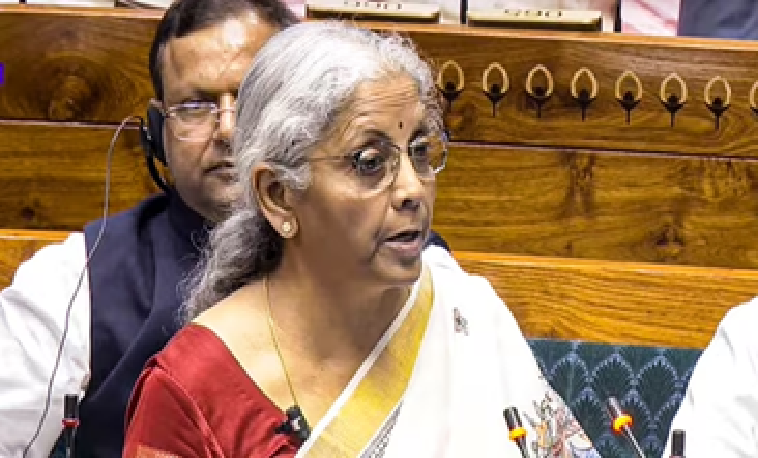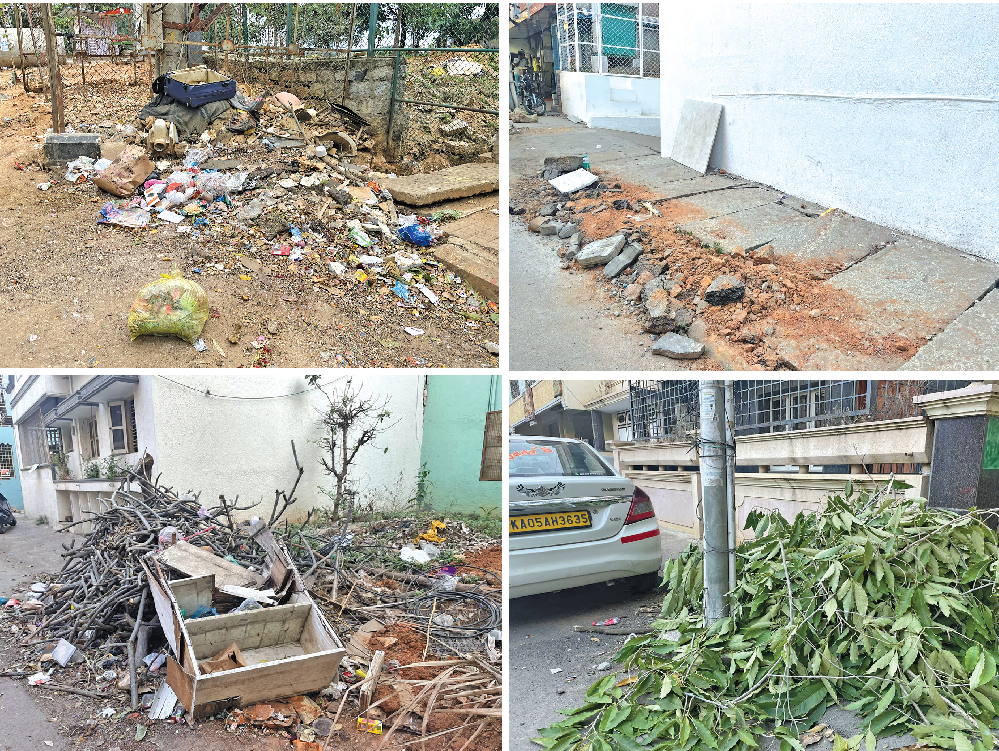
Thalassemia: A growing burden in India
By Dr. Nitin Agarwal
World Thalassemia Day is observed on 8th May every year, to mark attention towards Thalassemia, a blood disorder characterized by abnormal formation of hemoglobin.
In India, every 5 minutes someone is diagnosed with blood cancer or a blood disorder such as Thalassemia. Every year over 10,000 children being born with thalassemia in India, which approximately accounts for 10% of the total world incidence of thalassemia-affected children. Due to thalassemia at least 1,00,000 people die before even turning 20, every year.
What is Thalassemia?
Thalassemia is an inherited blood disorder. It is passed from parents to children. A person with this disorder will not be able to produce the required quantities of a protein called hemoglobin. Hemoglobin is the central component of the red blood cells and without this key protein, there will be a significant reduction in function of red blood cells, that hampers the oxygen distribution to all parts of the body. This may lead to life-threatening complications in the patient.
Causes
Thalassemia is caused by the mutations in the regions of DNA that are responsible for the creation of hemoglobin. Hemoglobin molecules have alpha and beta chains that can be affected by mutations. The production of either the alpha or beta chains is reduced, thus resulting in either alpha-thalassemia or beta-thalassemia. In alpha-thalassemia, the severity of thalassemia depends on the number of gene mutations that are inherited from parents. Thus, it becomes proportional i.e., the more mutated genes, the more severe is the thalassemia. In beta-thalassemia, the severity of thalassemia depends on which part of the hemoglobin molecule is affected. If only one of the parents is a carrier for thalassemia, then the child may develop a form of the disease known as thalassemia minor. If this occurs, then there probably won’t be any symptoms, but the child may be a carrier. If both the parents are carriers of thalassemia, then there is a greater chance of inheriting a more serious form of the disease known as thalassemia major.
Symptoms
Symptoms of Thalassemia major usually start at 4 to 6 months of age and usually present with lethargy, poor feeding, progressive pallor, poor weight gain and sometimes vomiting and diarrhea. On examination you see the babies are pale and have liver and spleen enlargement.
Treatment
The treatment for thalassemia depends on the type and severity of the disease involved. Blood transfusions are the most common type of treatment for thalassemia. People who receive blood transfusions tend to accumulate extra iron that the body can’t easily get rid of. Iron can build up in tissues, which can be potentially fatal. Chelation therapy is an effective treatment as this generally involves receiving an injection of a chemical that binds with iron and other heavy metals. It helps in removing extra iron from your body. The most effective treatment though would be a stem cell transplant which can give a second chance at life for the patient.
In a blood stem cell transplant, stem cells are collected from blood of the donors and transplanted into the thalassemia patient after their bone marrow has been destroyed by radiation or chemotherapy. Healthy blood stem cells from a matching donor is infused into the patient to help resume healthy blood production.
From where do these healthy blood stem cell comes from?
Blood stem cells can be donated by an adult that can be either patients’ family member or an unrelated donor. 70% of patients do not have a fully matched donor in their family and they depend on an unrelated donor registered in the database of donor registries.
Likelihood of finding a matching donor
Finding a matching donor is like finding a needle in the haystack, it is one in a million chances that a matching donor is found for a patient. The best stem cell transplant outcomes happen when a patient’s human leukocyte antigen (HLA) and the HLA of a registered donor closely match. This is much more complex than matching blood types. HLA is a protein – or marker – found on most cells in your body. Your immune system uses HLA markers to know which cells belong in your body and which do not.
The likelihood of finding a match for a patient in need of a transplant depends on the patient’s ethnic background. Because genetic traits used to determine a match are inherited, patients are most likely to match donors who share the same ethnic background.
How to become a blood stem cell donor
When your register with a stem cell registry such as DKMS-BMST, you are taking the first step to be the hope for pat
 English daily published in Bengaluru & Doha
English daily published in Bengaluru & Doha






